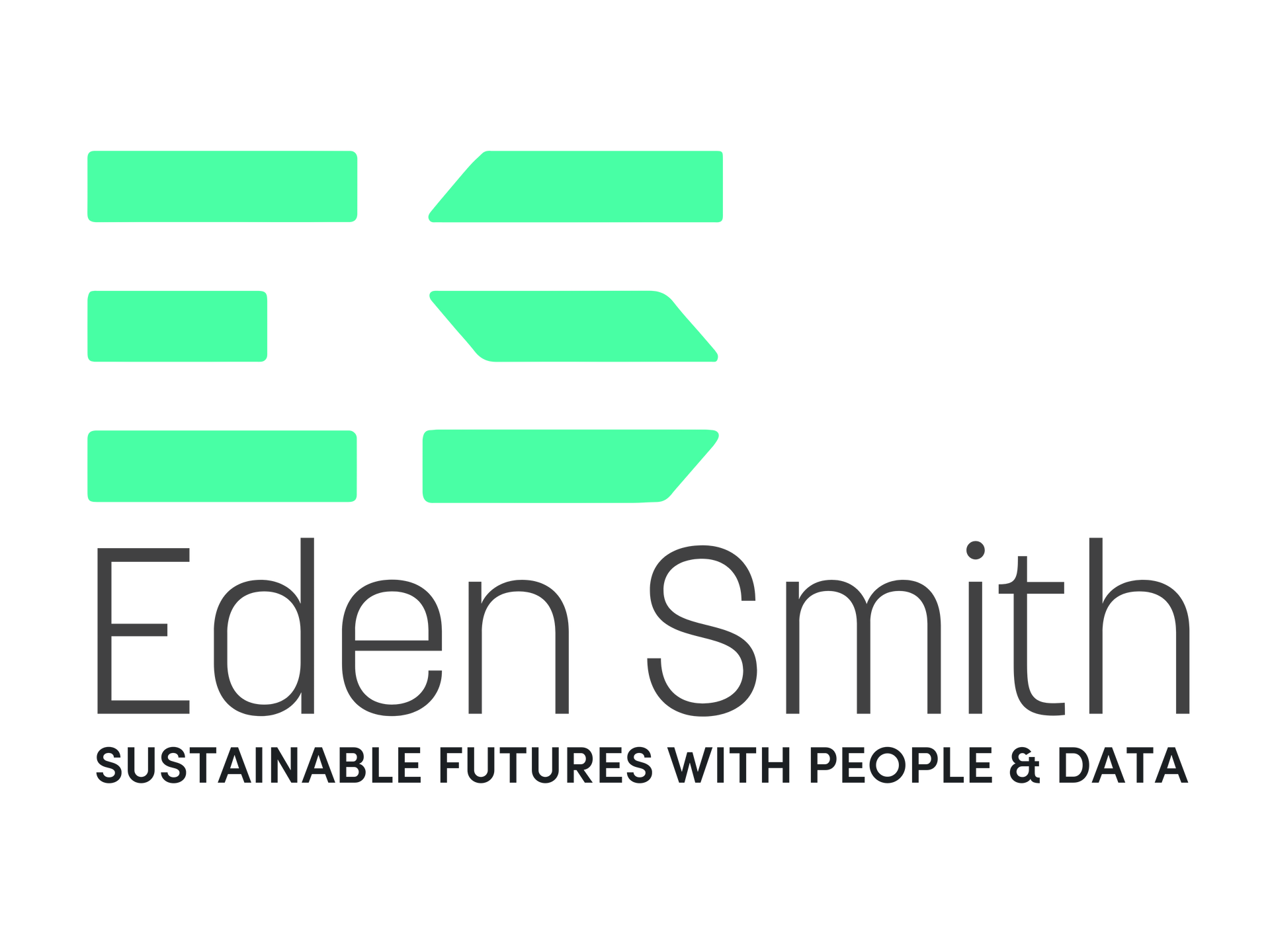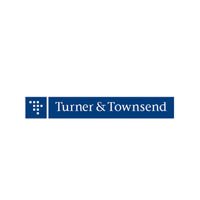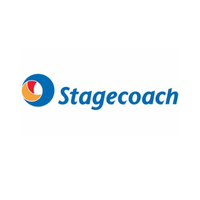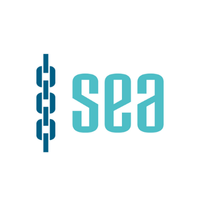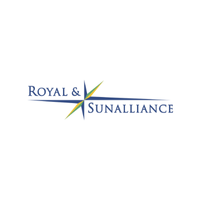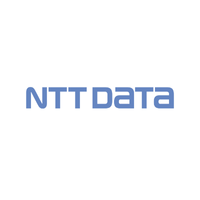Embracing multigenerational teams
Many organisations and HR leaders are finding themselves in the position of having access to fabulous talent made up of not only diverse pools of candidates, but also a broad mix of the generations.
Think Baby Boomers, Gen X, Millennials and Gen Z. There’s even a small percentage of the Silent Generation – those born between 1928-1945 - a generation who make up a portion of the chair, board member and advisory roles, offering a wealth of experience and knowledge.
The demographic of our workforce is experiencing notable shifts. This is influenced by a combination of demographic, social, and economic changes. Understanding these shifts is crucial for organisations aiming to adapt effectively when wanting to stay ahead of the curve and out-perform their competitors.
The factors behind the increasingly multigenerational workforce
- People are working longer
Better health and changing financial needs mean older generations are staying in work for longer. - Later retirement ages
Retirement ages are rising, so older and younger employees are sharing more time in the workplace. - Younger generations entering earlier
Gen Z and Millennials are joining the workforce earlier with strong digital skills. - Evolving career paths
People are changing careers or returning to work at different life stages, increasing generational mix. - Remote and flexible working
Flexible work options allow more people, regardless of age, to stay in or return to employment.
As of the second quarter of 2024, Gen Z workers were almost a fifth (18%) of the workforce, with Baby Boomers comprising 15%. Millennials made up the largest share of the workforce (36%), while the Silent Generation has the smallest share (1%).
The ‘why’ behind embracing Multigenerational Teams
Managing a multigenerational workforce presents both challenges and opportunities. Differences in communication styles can cause misunderstandings and conflict whilst aligning traditional work habits against the modern tech-savvy approach are just two challenges to consider.
However, when people of different age groups work together, you get a powerful mix of experience, energy, perspective, and skills that no single generation can offer alone.
Younger team members bring fresh ideas, digital fluency, and a natural instinct for emerging trends. More experienced colleagues contribute deep industry knowledge, strategic thinking, and emotional intelligence. The result? Faster innovation, better decision-making, and a more dynamic, future-ready team.
These teams also mirror the diversity of your customer base. Whether you're selling a product, designing a service, or shaping communications, having people in the room who understand different life stages makes your work more relevant - and your brand more human.
What’s more, multigenerational teams foster a learning culture. Mentoring flows both ways. Seasoned professionals pass on their wisdom, while younger colleagues share new tools and ways of working. Everyone grows, and the business benefits.
Yes, generational differences can bring friction - but they also bring rich opportunities for empathy, adaptability, and stronger collaboration. When managed well, a multigenerational team isn’t a challenge to overcome… it’s your secret weapon!
Attracting Multigenerational Candidates
Hopefully you need no more convincing… just some down to earth advice on how to attract multi-generational candidates and tools to help you do it right.
Attracting a multigenerational workforce involves developing strategies that appeal to individuals across various age groups, recognising their unique values, communication styles, and work preferences.
Flexible work patterns such as hybrid working models. Since the pandemic, we have seen a huge shift in terms of working patterns. Remote or hybrid working is now very common across the workforce. Equally we are seeing employees in all age groups wanting to move back to office-based work settings. Both HR and business leaders are quite rightly expected to implement an overall company policy but by offering flexible options - that accommodate all life stages and responsibilities - you appeal to the cross-section of society.
Provide comprehensive benefits packages to cater to a wide range of needs is a great way of attracting talent across the ages. Different generations will usually prioritise some benefits over others. To ensure inclusivity, it is worth considering a flexible benefits package – or ‘cafeteria plans’ - where employees cherry-pick perks that suit their lifestyles, stage of life or personal preferences.
Utilise diverse recruitment channels, employ various sourcing methods to reach candidates across different generations. Engage in community outreach and attend or sponsor events that attract a diverse age group. This direct engagement can help build relationships with potential candidates. If you can, use specialist recruitment firms who have established networks that will take the hard work out of your search.
Think about your company branding, position yourself for success by showcasing your flexible work patterns, benefits and also share testimonials from employees of different age groups to show how committed you are to an inclusive workplace. Use neutral language and feature images that represent a diverse age range to signal an age-inclusive workplace.
One of the most important factors to think about is in implementing bias-free hiring practices. Everything from how you design your job descriptions to who is on your hiring panel and how you screen is crucial to mitigate bias and ensure inclusivity. A good talent team or recruitment consultant will be able to offer you advise to ensure diverse candidate attraction and a successful hire.
Break down the siloes to maximise team impact
If you haven’t already started to challenge the siloes and encourage departmental and cross-functional collaboration, then what is stopping you?
Here's why it works:
- Taps into Diverse Strengths
When you bring different functions and age groups together, you combine institutional knowledge with fresh ideas, technical expertise with emotional intelligence. This leads to better decisions and more creative problem-solving. - Builds Empathy and Reduces Generational Misunderstandings
Cross-functional collaboration gives people a chance to see how others think and work. It breaks down generational assumptions and creates space for appreciation, not frustration. - Speeds Up Learning and Adaptability
Younger employees can learn the "why" behind decisions from more experienced peers, while older team members get up to speed on new tools, platforms, and ways of working. That mutual exchange builds a more agile and future-ready workforce. - Improves Communication Across the Business
Siloed teams often talk past each other. Cross-functional work helps everyone speak the same language and focus on shared outcomes, not isolated goals. - Drives Innovation and Alignment
When departments and generations collaborate, ideas don’t just stay in one lane - they get stress-tested, refined, and accelerated into action. This fuels innovation and aligns everyone behind the bigger picture.
Key Strategies for Successful Management of Multigenerational teams
A multigeneration team won’t magically come together in perfect harmony. You will need to create a culture for success. The good news is that the strategies for successful multigenerational team's mirror what is required to underpin organisational transformation in the age where digital, data and AI are driving the agenda.
Embrace Diverse Communication Styles
Adapt your methods - some prefer emails, others Slack, and some value face-to-face chats. Create an environment where people feel comfortable sharing their perspectives and actively listening.
Focus on Shared Goals, Not Stereotypes
Highlight team objectives and individual strengths instead of generational labels. Create space for SMART collaboration to activate actions and drive project success.
Encourage a Culture of Learning
Pair team members to learn from each other - tech skills, experience, industry knowledge, etc. Mutual mentoring promotes collaboration and help in understanding varying viewpoints, further strengthening the team bond.
Flex Work Styles and Expectations
Offer flexibility in how, when, and where work gets done to suit different life stages and preferences.
Cultivate Psychological Safety
Foster a culture where all voices are respected, and everyone feels safe to speak up. By encouraging dialogue that values individual contribution, teams can bridge generational gaps and leverage diverse experiences effectively.
Leaving You with This…
The modern workplace isn’t just evolving - it’s transforming. Embracing multigenerational teams isn’t about ticking a diversity box; it’s about unlocking a richer, smarter, more resilient way of working.
Each generation brings something vital to the table. From curiosity to wisdom and boldness to balance, when we break down siloes, challenge assumptions, and foster real collaboration, we create something far greater than the sum of its parts.
By cultivating an inclusive environment that values contributions from all generations, businesses can improve employee engagement, satisfaction, and retention. Ultimately this will drive long-term success, sustainability AND attract top talent from across all demographics.
So, if you're looking to future-proof your organisation, start here: value the differences, encourage the dialogue, and build a culture where every generation thrives. The impact? A stronger, more human business that is built for today and ready for tomorrow.

